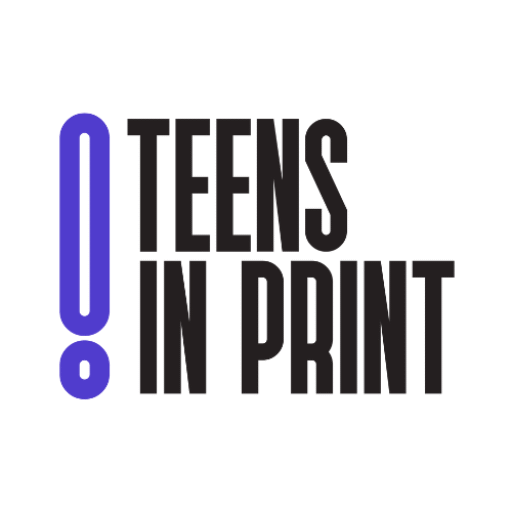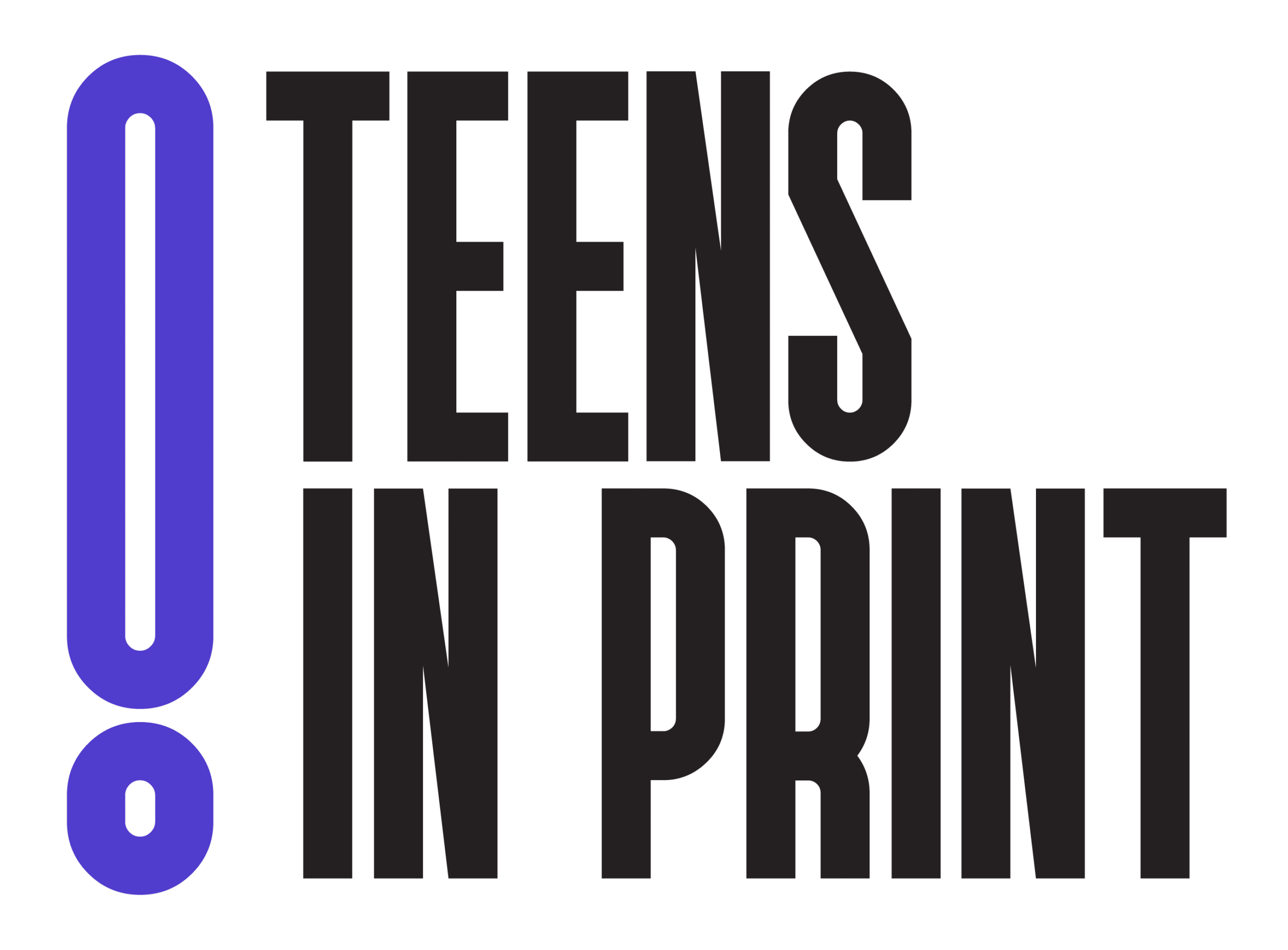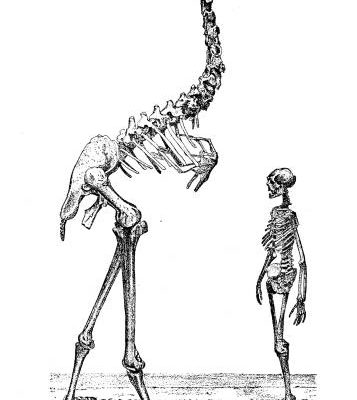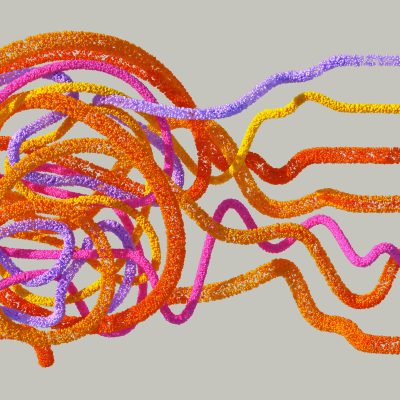Don’t let virtue-signaling become the undermining juggernaut of activism
2020 has been a year with little respite: It feels like we’re living in a remarkable blend of hellish political farce and apocalyptic dystopia. “Unprecedented” is a word that has been thrown around a lot in the past several months — and for good reason. Not only have we seen the bad things happen one after another; we have seen everyone talking about them everywhere. Activism has taken social media by storm, and not just by activists but by your typical layperson. But how much of this is activism, and how much is virtue-signaling?
Virtue-signaling is a term coined by journalist James Bartholomew to describe the act of voicing social issues only for the speaker to indicate their “virtuosity” or “moral standing” to others rather than to promote the issue itself. Virtue-signaling has become a problem, especially across platforms on social media where it’s easiest to access our largest following and remind them of our political correctness. A study conducted by the Pew Research Center found that in 2020, about one in five adults are using social media as their primary news source. With a convoluted mix of insincere or sincere social activism paired with fake or not fake news, the dangers of virtue-signaling become heightened.
The same study found that Americans relying on social media for news are less engaged and less knowledgeable about social issues. For example, when tested by the political knowledge index measuring foundational political knowledge, only 17% of adults who use social media most often for their news scored in the high range in comparison to 45% of the adults using news websites and apps, 42% using radio, and 41% using print. Social media is where modern-day virtue-signaling by the average person is heaviest. And a significantly smaller percent of this population using social media for news really knows what’s going on. So how effective can information-spreading be on social media, virtue-signaling or not, if this is the result?
In a study by psychologists published in the New York Times in 2019, Dr. Jordan and Dr. Rand found that even if some moves are strategic in proving one’s “virtuosity,” it doesn’t necessarily make it inauthentic. In an experiment of having participants rate outrage towards people who didn’t split money with others when given the opportunity while also giving half of them the opportunity to actually split the money with someone, it was found the group who never had the chance of splitting money in the first place were much more outraged by those who didn’t split the money. Dr. Jordan and Dr. Rand explained this as those who had the opportunity to share the money and did would look virtuous regardless of how much outrage they expressed, while those who didn’t only had outrage to signal their virtue. They concluded that even authentic outrage is influenced by subconscious calculations of strategy. And while it may be true that virtue-signaling could have some degree and depth of sincerity to it, how does it measure up in real progress on the global scale?
Archer Thomas, op-ed writer for the Bowdoin Orient, points out just one of the many virtue-signaling hypocrisies by examining the Shell corporation as a perfect case study in the article “The dead-end of corporate virtue-signaling.” Shell is an oil company (the yellow-red shell logo you’ve definitely seen before) and also the third-largest company globally. Shell preached its progressive agenda for International Women’s Day by symbolically changing its name to “She’ll.” A brilliant PR move, Shell appealed to the liberal masses with its empowering messages to women. But that’s about all it could sum to: A half-baked symbol of feminism and progressive ideals. But Shell, as Thomas investigates, has a not-so-progressive past: Shell first worked with the colonial authorities in Nigeria in developing the fields for oil and was eventually degrading the land past agricultural viability with thousands of oil spills. And then Shell would ultimately encourage the execution of nine activists who were fighting for better conditions against them. This is a stark example of how badly virtue-signaling can reveal itself to be: Sometimes it’s not only unsubstantiated but contradictory.
And corporate virtue-signaling is only part of the problem. After all, the only motivation companies would have to virtue-signal is to appeal to the consumers or the “every one” of the world.
Virginia He is a sophomore in high school and an organizer with the Sunrise Movement who is seemingly always caught up with politics. When I asked her about virtue-signaling, she first pointed out, “if someone shares a graphic or post on their stories, they may be virtue-signaling to come off as a good person,” but she went on to say, “they might also want to spread that information to a bigger audience. Jumping to that conclusion doesn’t always sit right with me.”
So while she has reservations about assuming people are always virtue-signaling, in the case they are, He says “it definitely is problematic, especially when a large group of people feels the need to virtue-signal. When an abundance of people start sharing the same things just to be seen in a positive light, information starts getting redundant and irrelevant.”
An overwhelming reinforcement of opinion can deter those “on-the-fence people” from ever wanting to join the cause.
However, He offers one solution: “The biggest takeaway is that people should look for a wide variety of information to share, especially since social media is very much like an echo chamber of information.”
In the wake of George Floyd’s murder, I was doubtful of how genuine the social media activism going on around me was. Some people I saw post their own respective black squares had said questionably racially charged things to me, personally. But my ultimate mission isn’t tracking down these people and forcing them to confess their true intentions or hypocrisies: It wouldn’t make a difference. And that’s where virtual-signaling fails. The problem isn’t about the individuals who might or might not really care—it’s that the issue is becoming about those individuals. Regardless if it’s about their upstanding citizenship for the greater good or about their hidden, evil motives in only posting that artwork to their Instagram story once, virtue-signaling shifts the conversation. And when the conversation shifts, the concern, care, thoughts, or productivity for the initial cause drain away. Because in reality, it doesn’t matter who is right about that thing or who was right about that other thing. What is morally “right” should be objective — and people aren’t.










